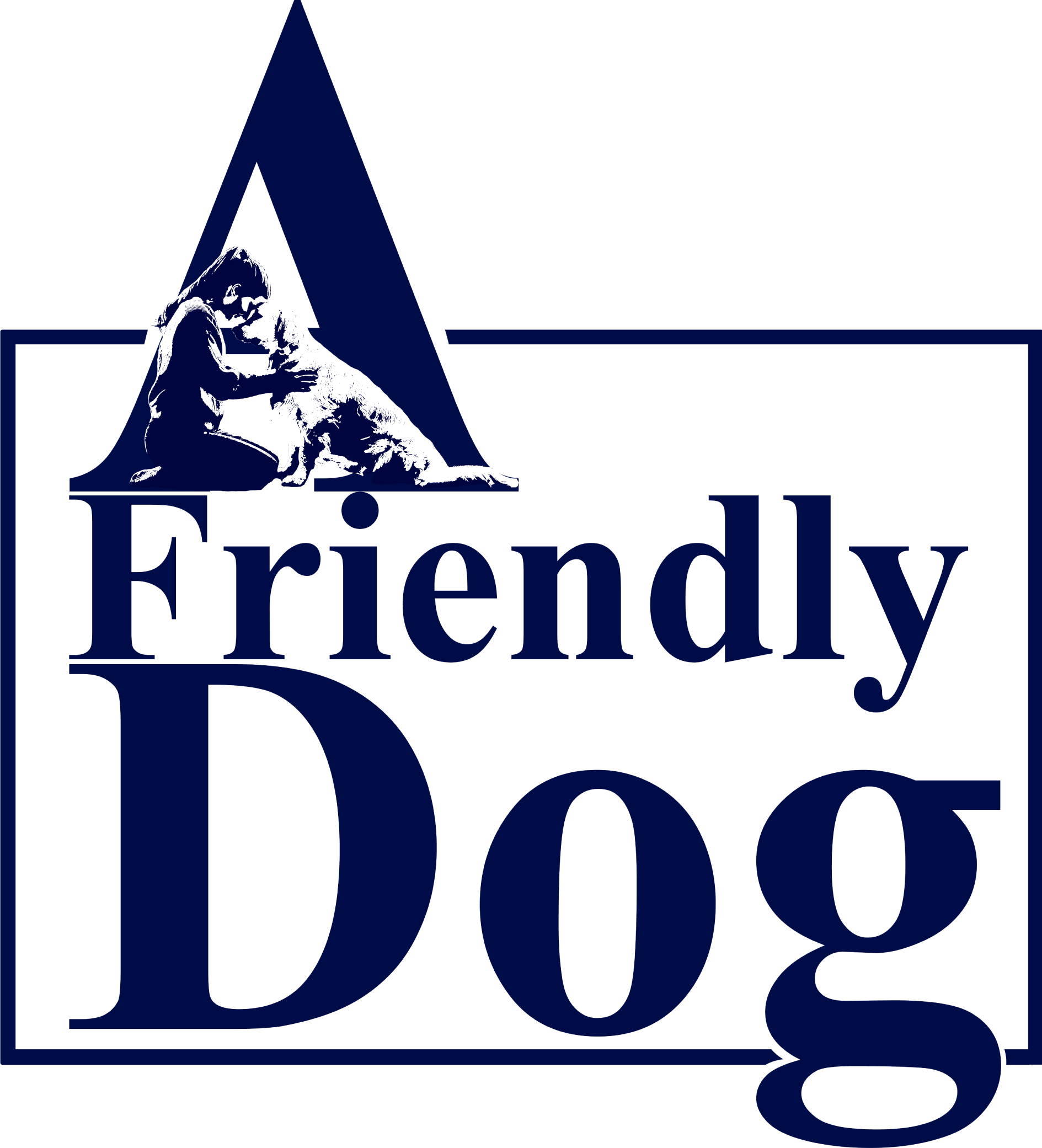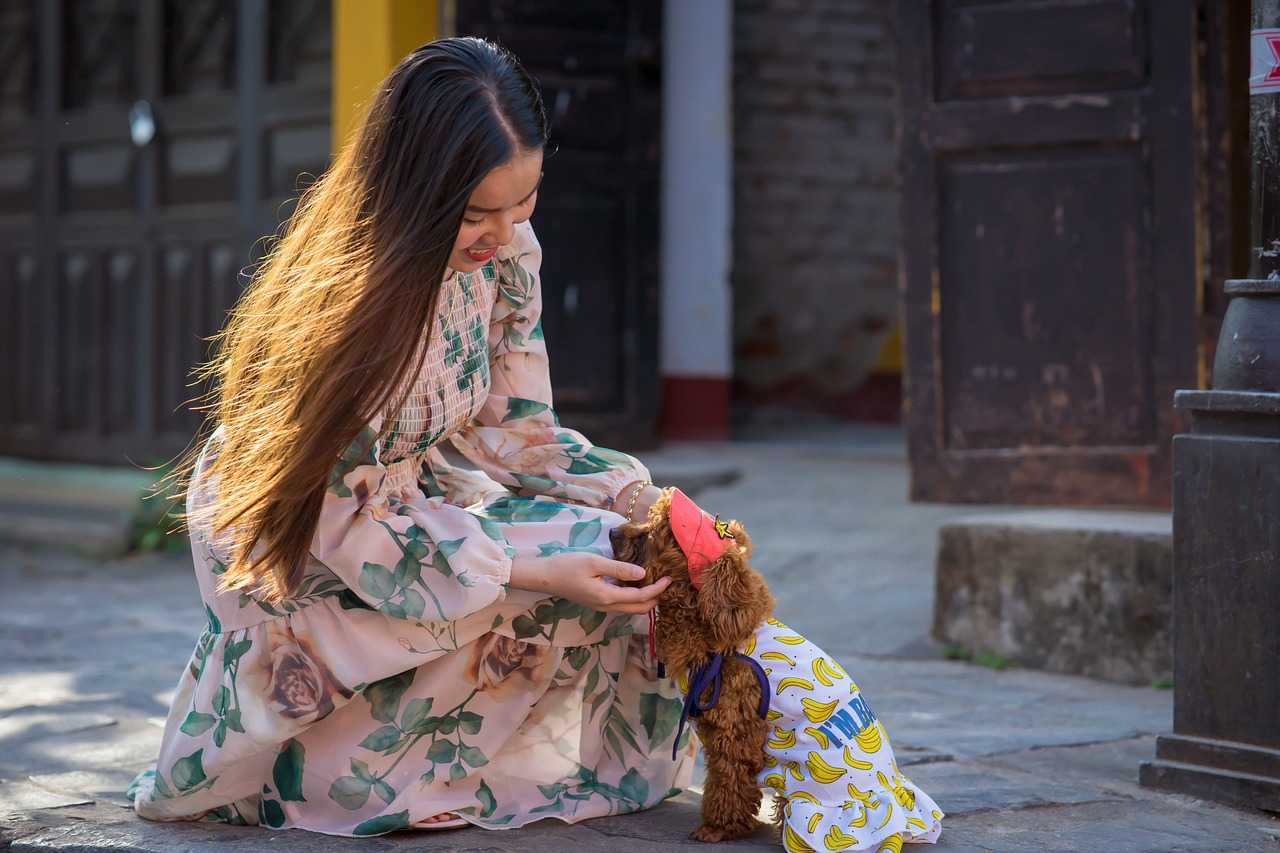Have you ever had the sense that your canine companion is slightly disappointed in you? It’s possible that you’re neglecting them and giving attention to your neighbor’s pet instead. Or maybe you’ve chosen to go out of town for the night instead of spending the evening playing fetch. Evidently, there’s a good chance that your furry friend experiences feelings of jealousy and various other emotions.
Regrettably, dogs are unable to communicate in the exact same language as us, which is why it’s important for us to make an effort to understand their communication through their vocalizations and body language. Dogs often express themselves through gestures and actions. This has been discussed at point, but really there is much more to know about communicating with our dogs. All of the emotional, physical, and mental attributes of these aspects should be understood and then experienced in synapse.
As we previously discussed, sometimes dog owners may misinterpret their signals and misunderstand what their dogs actually want. This can lead to frustration for both the dog and their owner. For instance, the dog may continue barking even though you keep giving them treats or their favorite toys. Let’s discuss more about dog emotions and behavior by starting with common emotions.
Happiness
While a wagging tail is often seen as a sign of a happy dog, there are other physical cues that indicate your furry friend is content and excited. As William Shakespeare once said, the eyes are the windows to the soul, and this holds true for animals as well as humans.
According to the American Society for the Prevention of Cruelty to Animals, a dog’s eyes will maintain their normal shape when they are happy. To better understand what your dog is communicating through their eyes, pay close attention to them at different times of the day. For example, observe the shape of their eyes when you’re getting ready to leave for work and when you return home.
A relaxed and laid-back posture is another sign that your pup is happy. They will typically have a raised head, a relaxed tail, and a confident stance.

